Do you consider yourself to be a kitchen expert? Don’t let the improper oil ruin your skills. It might get confusing with all the different Cooking Oil Types available. Cooking oils vary in temperature, shelf life, and nutritional content, thus they cannot all be utilized in the same ways. Despite their numerous similarities, these significant distinctions may result in a disastrous meal. We’ve included a list of some of the most popular oils along with recommendations for how to utilize them so you can decide which kinds of fat to use when preparing your meals!
Table of Contents
Cooking Oil Types
1. COCONUT OIL
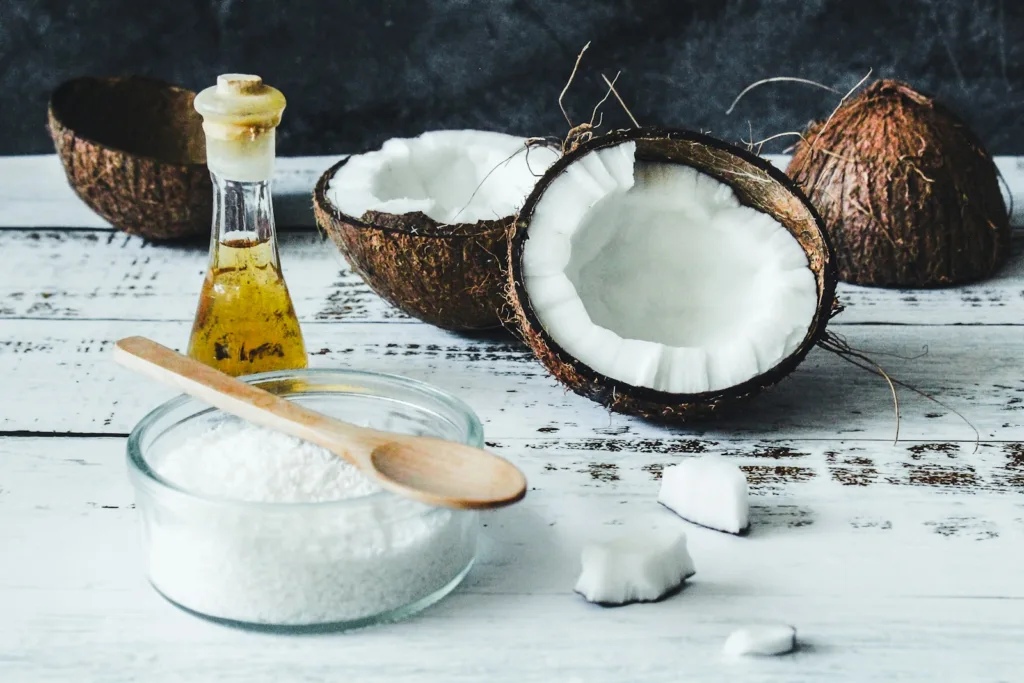
With good reason, coconut oil is a popular topic these days. Applying coconut oil to your skin, hair, and especially in your food has some pretty incredible advantages! Coconut oil fats are easier to convert to energy than other types of fat, which increases metabolism, reduces appetite, and promotes weight loss.
How to Use It for Cooking: You’ll receive some huge flavor and health benefits by substituting some of those heavier fats you’d usually use with this healthy fat. Coconut oil is the ideal cooking oil for roasting and sautéing because of its mild roasting temperature. It enhances the flavor of baked goods and can even be added to your morning brew, often known as bulletproof coffee, for a taste and energy boost. It is not recommended to use coconut oil in most marinades or vinaigrettes since it solidifies at room temperature.
2. EXTRA VIRGIN OLIVE OIL
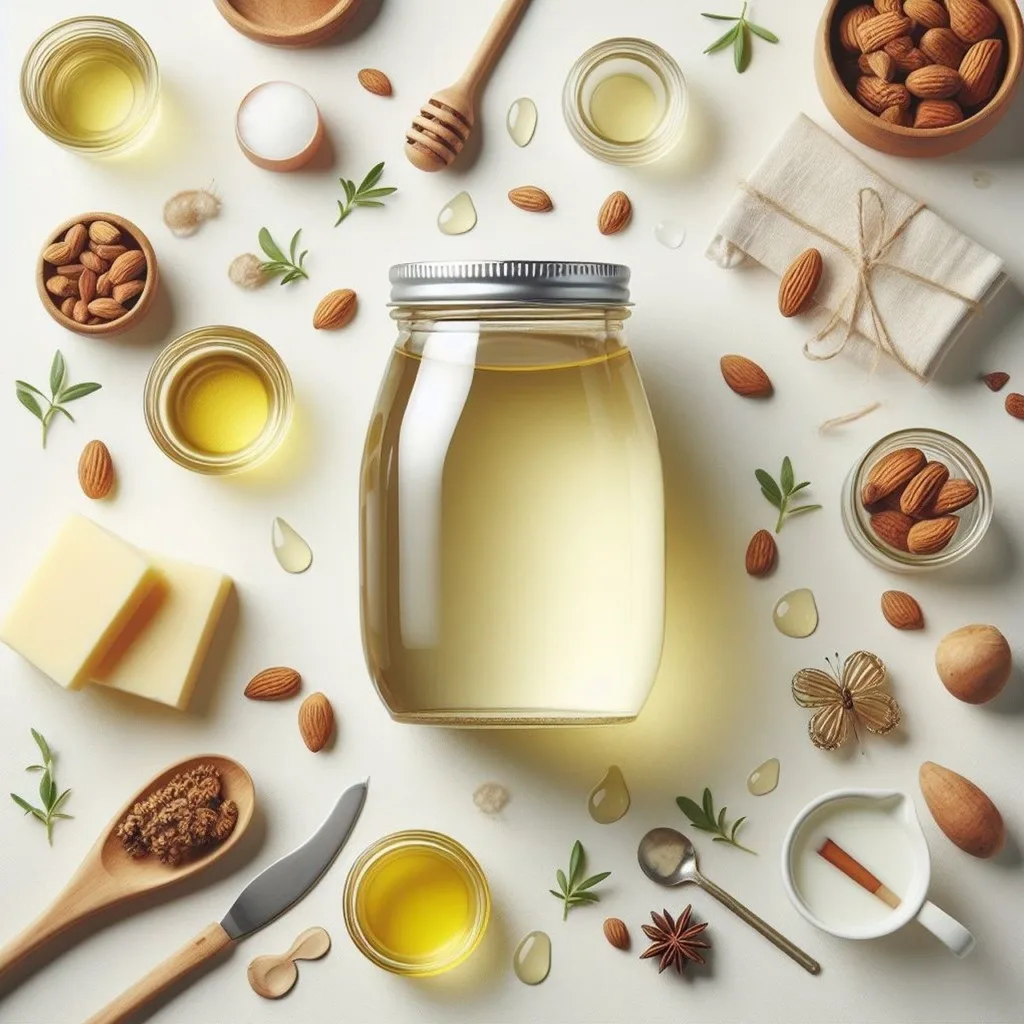
Because it is the best olive oil available and accurately captures the flavor of olives, this unrefined oil is a mainstay of the Mediterranean diet. This olive oil is free of heat and additives, making it richer in naturally occurring vitamins and minerals than many other olive oils.
How to Cook with It: Extra virgin olive oil burns at a lower temperature and has a lower smoke point than many other oils, but it’s still okay to use in cooking. Use normal olive oil for baking and cooking, and reserve the good extra virgin olive oil (EVOO) for dipping and dressing, as it tends to be more expensive.
3. AVOCADO OIL
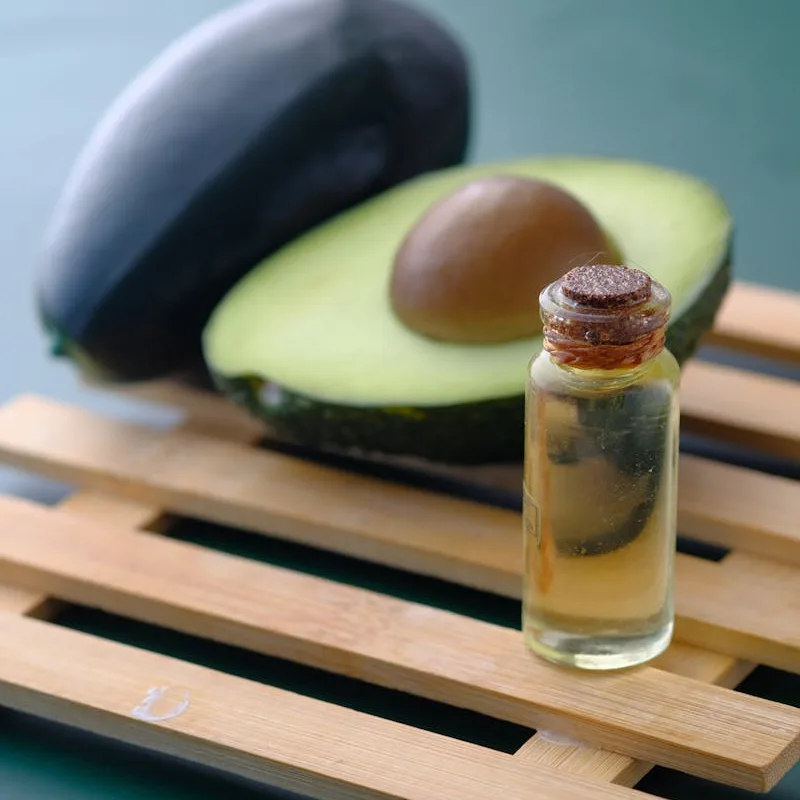
Avocado oil is incredibly versatile and delicious, making it the Matthew McConaughey of oils. Avocado oil is created from the same creamy richness that goes into making guacamole, unlike many other oils that are extracted from seeds. With its anti-inflammatory qualities, this heart-healthy oil helps lower blood pressure, heart disease, and vascular damage.
How to Cook with It: Because avocado oil has a high smoke point and delicious flavor, you can use it to cook almost anything. Two egg yolks, two teaspoons lemon juice, one cup avocado oil, and salt are needed to make homemade mayo. You may avoid the sugar and chemical preservatives that cause belly fat in this way.
4. GHEE
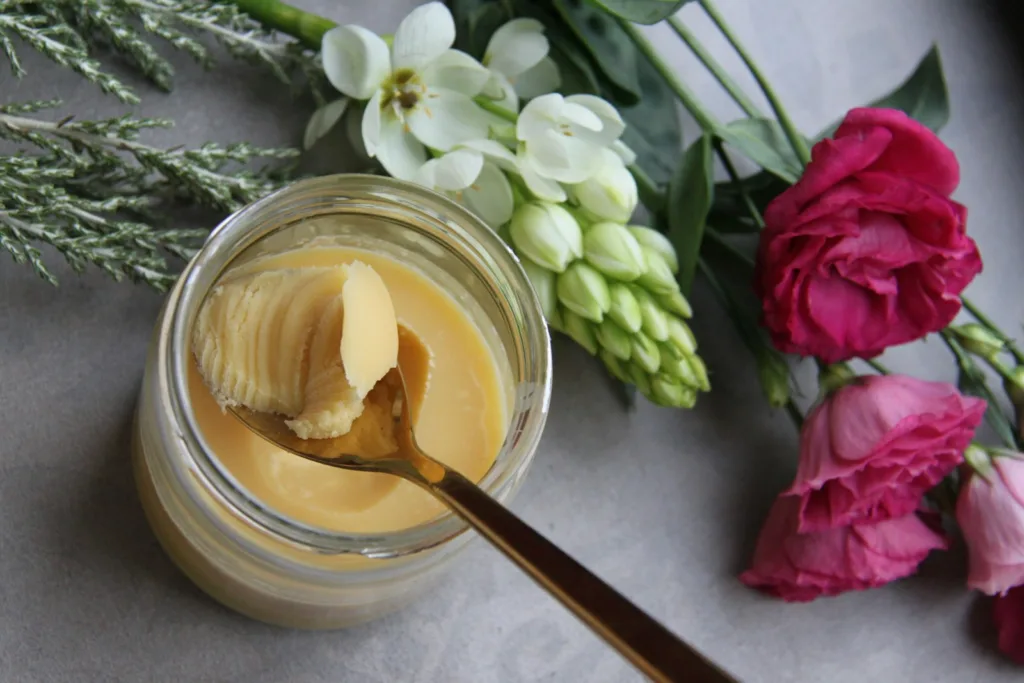
A type of clarified butter known as ghee has become more well-known recently as diets that eliminate dairy have grown in popularity. Butter has been stripped of its milk protein, making it generally safe for those who are intolerant to dairy products to eat. With a stronger nutty flavor than butter, it’s an excellent source of fat-soluble vitamins as well. Even though ghee is practically totally fat, it is nevertheless advised to use it sparingly.
How to Cook with It: Ghee can be prepared in the same way as butter. With a high smoke point, it functions wonderfully in a variety of ways! Ghee’s ability to be left at room temperature due to its dairy-free composition makes it an excellent spread for toast. You can use it for almost any meal you’re preparing, such as making a chicken rub, pan greasing, or adding to a pan-fried fish dish.
5. PUMPKIN SEED OIL
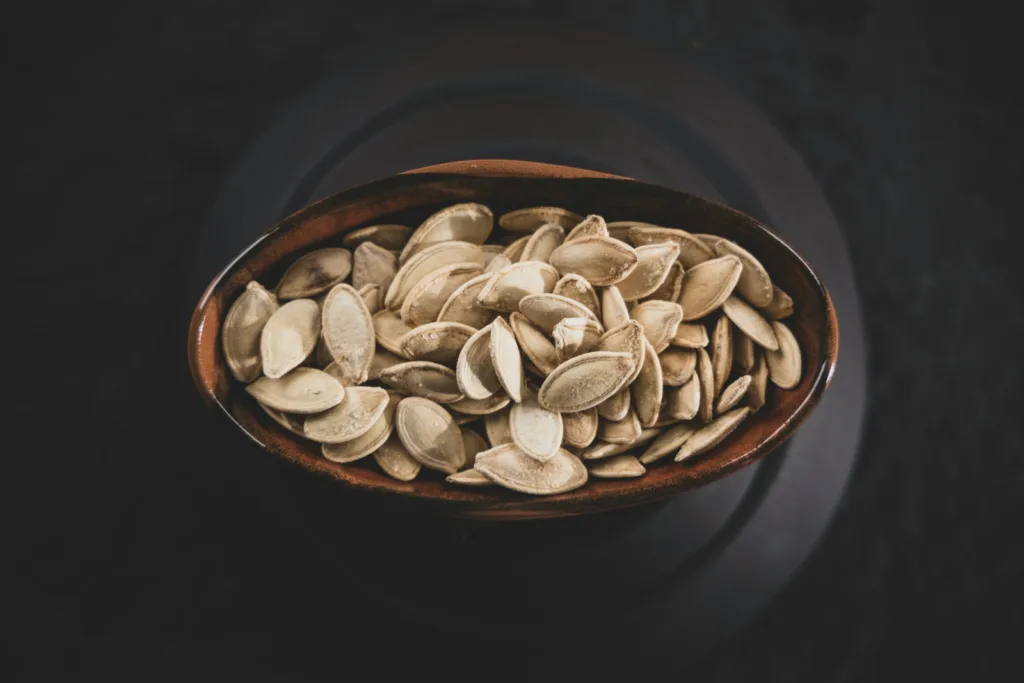
A superfood high in omega-3 and omega-6 fatty acids, as well as vitamins A, K, and E, is pumpkin seed oil. With its nutty flavor and deep green color, it can be the ideal accent to any recipe.
How to Cook with It: Since heated pumpkin seed oil may lose some of its nutritional content, it is best used for low-heat baking or light sautéing. It’s also a great base for marinades, salad dressings, dips, and even goes nicely with ice cream.
6. WALNUT OIL
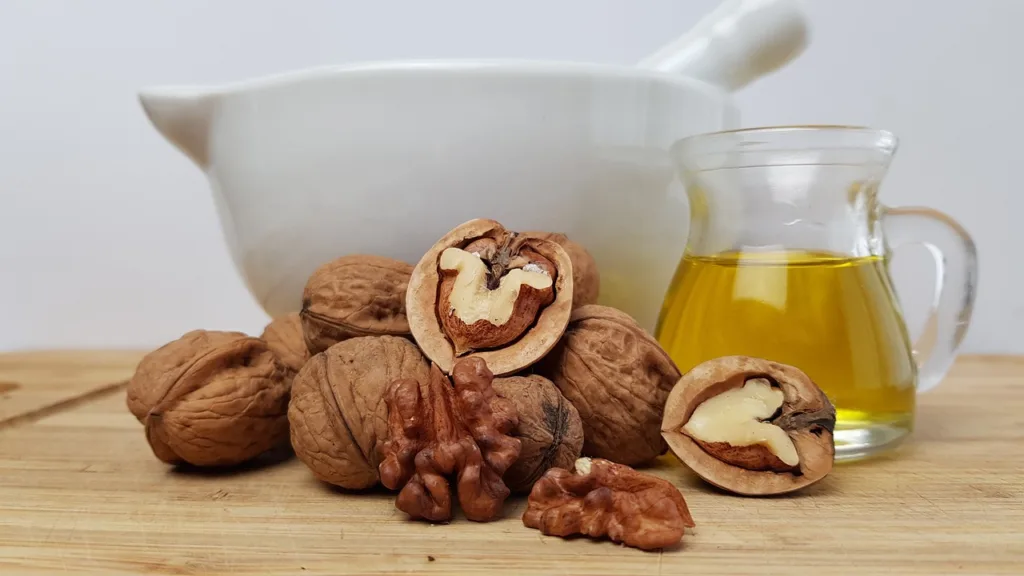
Nutritious properties abound in walnuts. (See our video about walnuts’ health benefits!) In addition to having a substantial amount of iron, zinc, calcium, and magnesium, they are rich in omega-3 fatty acids. This oil has a deep, nutty flavor. Walnut-rich diets and walnut oil have been demonstrated to improve the body’s response to stress and lower diastolic blood pressure.
How to Cook with It: Because walnut oil gets slightly bitter when cooked, it is best used raw and should not be heated to high degrees. However, it also tastes great in pasta dishes and salad dressings. It also makes a fantastic homemade chocolate hazelnut spread. In a high-speed blender, combine 1 cup roasted hazelnuts, 2 tablespoons cocoa powder, 1 tablespoon maple syrup, and 1 tablespoon walnut oil; Blend until smooth.
7. GRAPESEED OIL
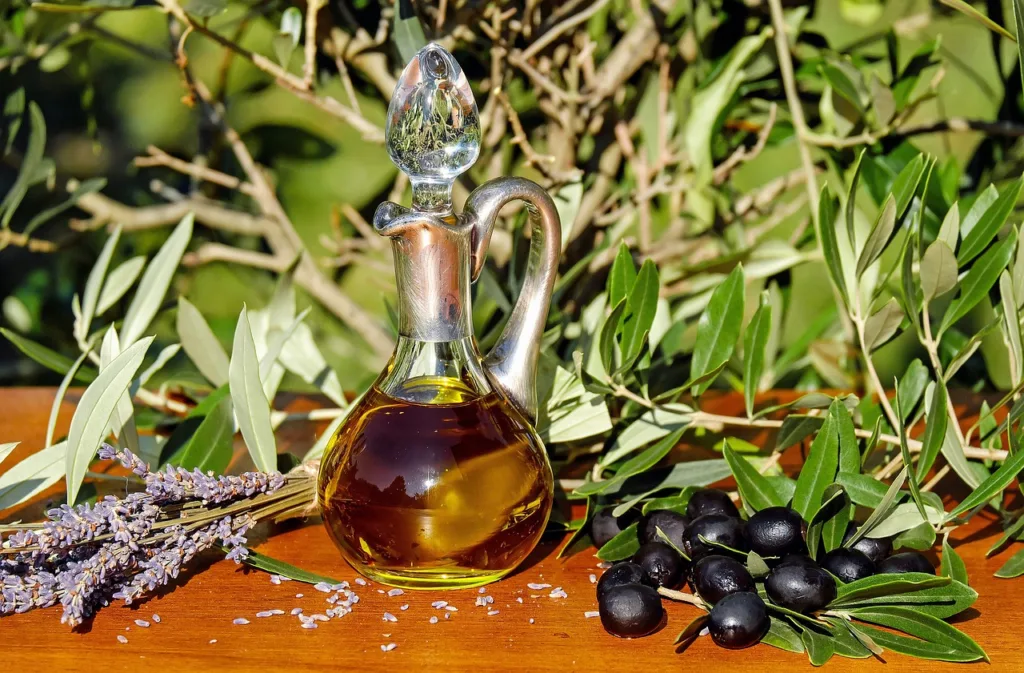
Although you may have encountered grapeseed oil in skin and hair care products, its therapeutic qualities can also be used in cooking. It’s usually less expensive than extra virgin olive oil (EVOO) and has a subtle, nonexistent taste that doesn’t overshadow other ingredients. When purchasing grapeseed oil for cooking, be sure to read the label “food grade” correctly. (You don’t want to inadvertently consume a chemical-filled hair mask!) This is an excellent source of vitamin C and important fatty acids. However, be cautious while consuming it because it also has a lot of omega-6s, which can lead to weight gain and inflammation.
How to Cook with It: Because of its high smoke point, grapeseed oil works well for all kinds of cooking, including frying, roasting, searing, and sautéing. It also makes a fantastic addition to marinades and vinaigrettes. For a delicious side dish, caramelize onions and mushrooms in grapeseed oil.
8. PEANUT OIL
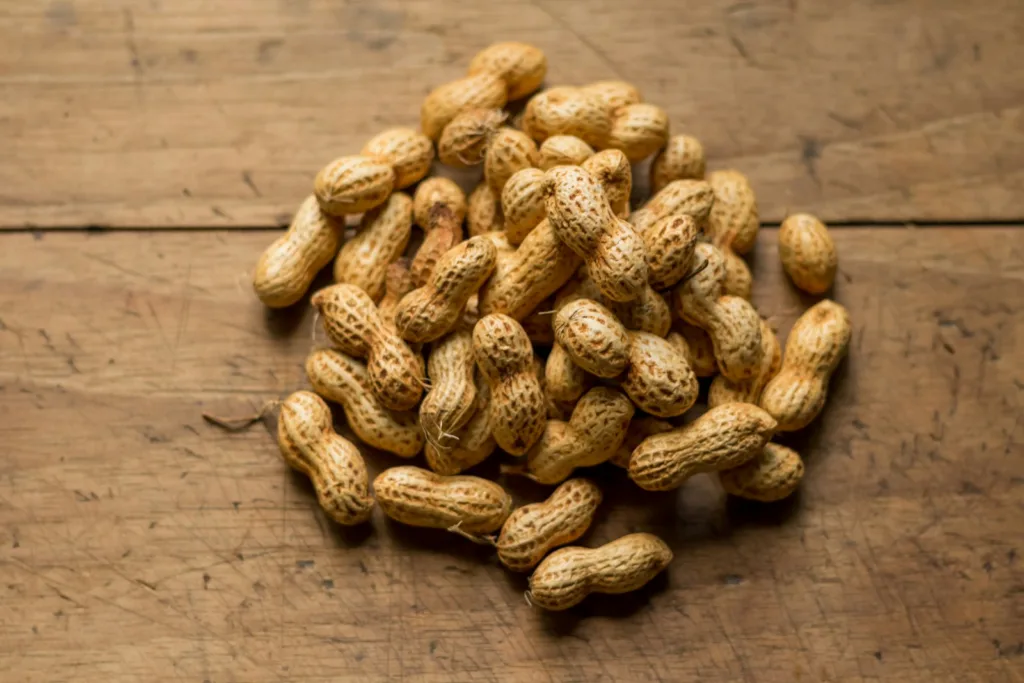
With a strong nutty-sweet flavor and a low saturated fat content, peanut oil is high in calories. Mostly composed of monounsaturated fatty acids, it helps raise good cholesterol and decrease bad cholesterol. But use caution when using this cooking oil because it contains a lot of omega-6s, which can disrupt the omega 3:6 ratio and lead to health issues. Choose the unprocessed, cold-pressed varieties of peanut oil instead of the refined, bleached, and deodorized commercial varieties that are usually found in supermarkets and fast-food restaurants. Although the cost may be greater, your health will eventually thank you.
How to Cook with It: This peanut oil, which is frequently used in Asian cuisine, can be prepared in a number of ways. Although its high smoke point makes it ideal for frying, we recommend using it to stir-fry chicken or to gently sauté some of your favorite vegetables.
9. SESAME OIL

Antioxidants found in abundance in sesame oil inhibit the growth and replication of cells. It’s also been shown to enhance skin, lower blood pressure, and lower blood sugar. Sesame oil has a highly distinctive flavor that gives every food a nutty taste. Moreover, it offers 17% of the daily required amount of vitamin K, which supports bones and inhibits blood clotting.
How to Cook with It: Conventional sesame oil can be used for most culinary tasks due to its high smoke point of 410 degrees. While toasted sesame oil adds a robust flavor to meals like stir-fries and Asian dips, cold-pressed sesame oil tastes fantastic in vinaigrettes, sauces, and marinades.
10. HEMP SEED OIL
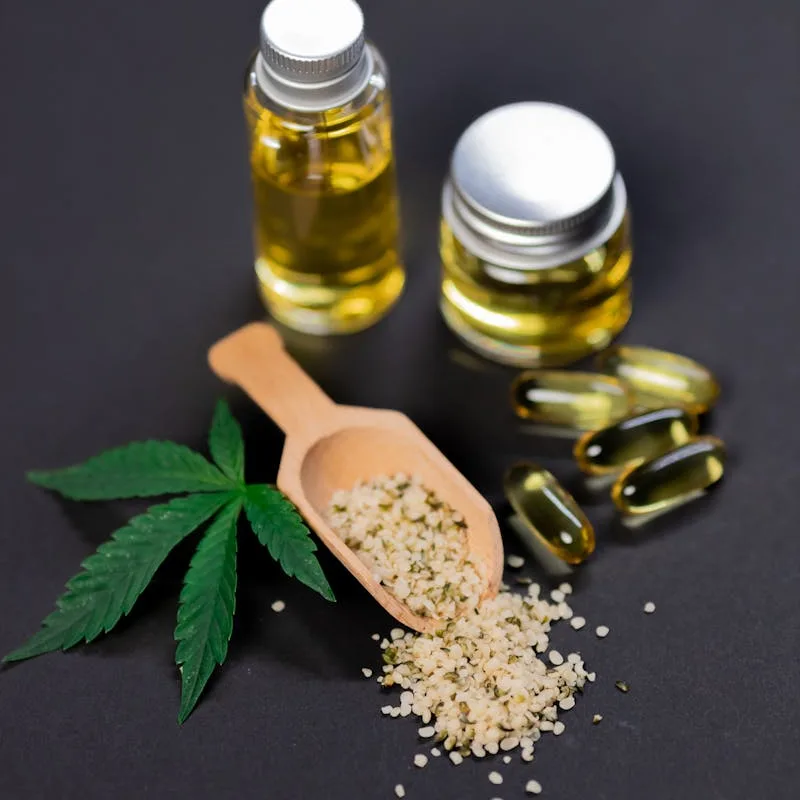
Also referred to as hemp oil, it contains qualities that aid in metabolism regulation, skin healing, and cholesterol reduction. This oil is utilized in cuisine as well as a plethora of natural body care items. The flavor is mild and gives many recipes a wonderful touch.
Don’t cook with it in this way. Hemp seed oil works best as a finishing oil because it loses all of its nutrients and flavor at high temperatures. Rather, incorporate it into your hummus, smoothies for weight reduction, and sandwich spreads for maximum benefits!
11. FLAXSEED OIL
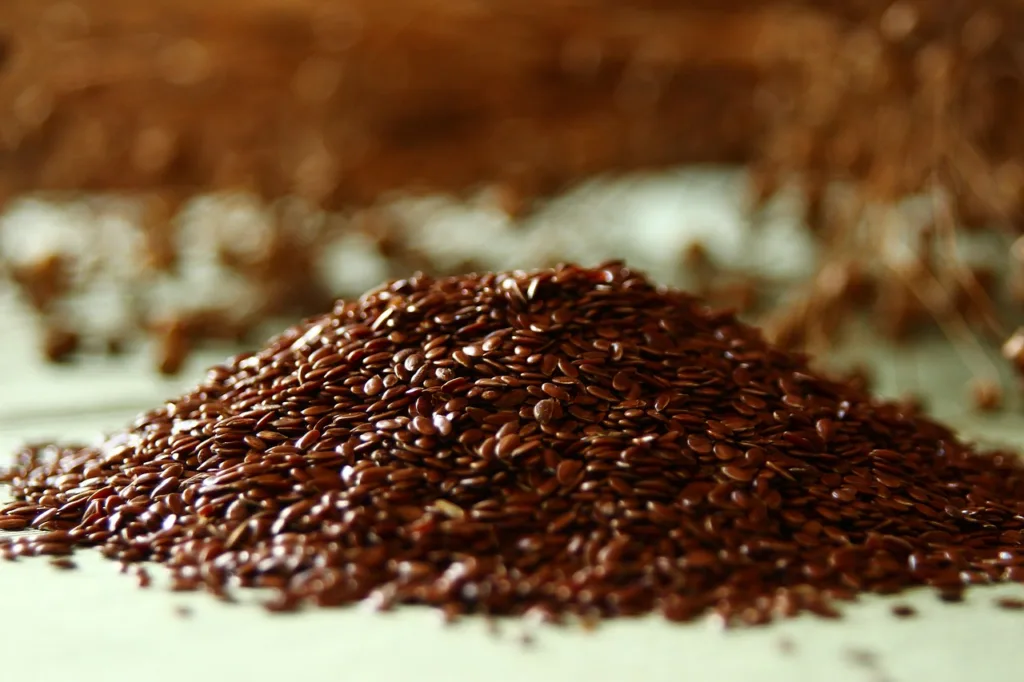
Although flaxseed has enormous health benefits, we don’t love the taste. However, research indicates that taking flaxseed oil on a daily basis improves your digestive system and may be a natural remedy for constipation. It has also been connected to a reduction in heart disease and high cholesterol.
How to Cook with It: If too much is applied, this cooking oil tends to smell and taste nasty, so stay away from the heat and use it sparingly. Use a small amount in smoothies, dressings, and finishing touches.
12. SUNFLOWER SEED OIL
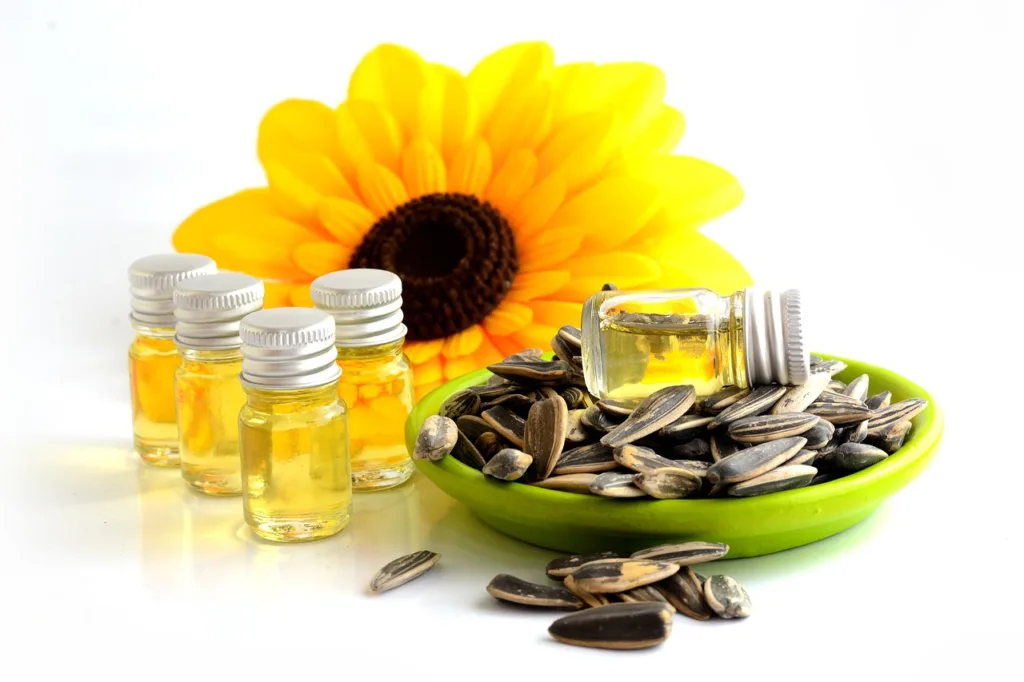
Sunflower seed oil has a number of quite remarkable health benefits. It has been demonstrated to reduce bad cholesterol, fight cancer, strengthen the heart, and increase vitality.
How to Cook with It: Searing fish, poultry, or tofu is a terrific use for this high smoke point cooking oil.
13. CANOLA OIL

The ratio of omega-6 to omega-3 lipids in canola is almost equal. There is evidence that this dietary ratio can help prevent cancer, arthritis, and asthma. Alpha-linolenic acid (ALA), a vital omega-3 fatty acid that may help with weight maintenance, is also abundant in it.
How to Cook with It: This is a great choice for regular meals, including chicken and eggs. Canola oil has a neutral flavor that does not overshadow a dish and can withstand reasonably high heat levels.
14. VEGETABLE OIL

Don’t be fooled by the name; although you may instinctively assume something is healthy when you see the term “vegetable.” Many vegetable oil brands are only refined seed extractions that have undergone extensive processing. The dubious components usually result in an imbalance in the ideal ratio of omega-3s to omega-6s, which can cause malignancies and a host of other health problems.
How to Use It in Cooking: Omit it. This list has a ton of tasty, healthy oils that won’t damage your body in any way.
Note:
- Never make use of it: Oil made from vegetables
- Canola oil, sunflower oil, sesame oil, peanut oil, grapeseed oil, ghee, and avocado oil can all be heated to the desired temperature.
- Coconut oil at a moderate temperature
- Low heat: EVOO, pumpkin seed oil
- Hemp oil with flaxseed oil without heat
- Oils such as sesame, avocado, pumpkin seed, and EVOO can be heated or not.
read also : 11 Essential Oils: Their Uses and Advantages
Cooking Oil Types Cooking Oil Types Cooking Oil Types Cooking Oil Types Cooking Oil Types Cooking Oil Types Cooking Oil Types Cooking Oil Types Cooking Oil Types Cooking Oil Types Cooking Oil Types Cooking Oil Types Cooking Oil Types Cooking Oil Types Cooking Oil Types Cooking Oil Types
14 Types of Cooking Oil and How to Use Them | Eat This Not That

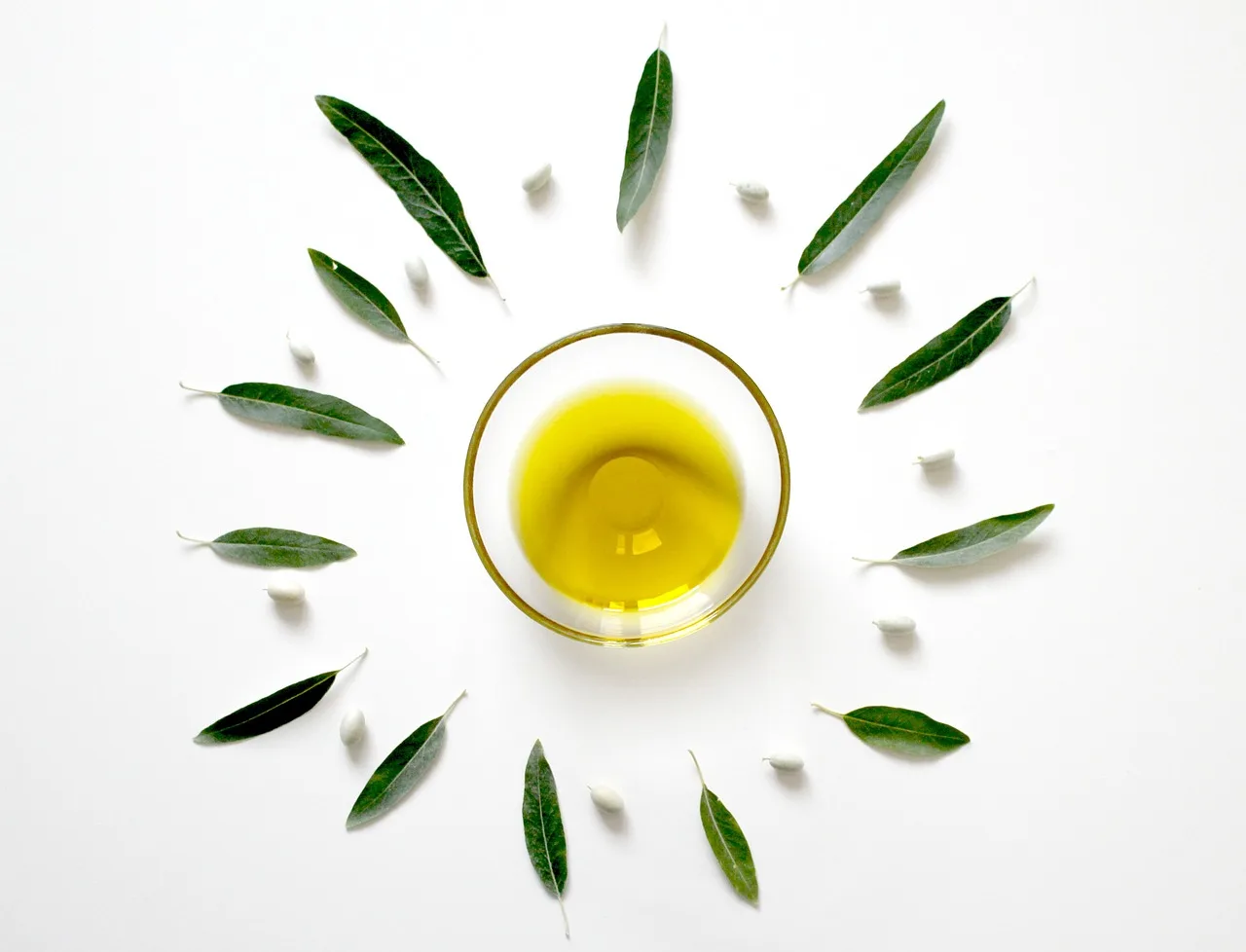
2 thoughts on “Cooking Oil Types: 14 Oils and Best Their Use”